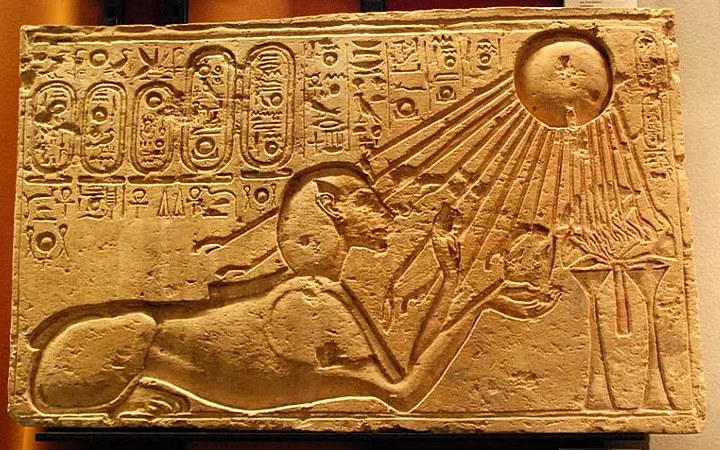Hydrocephalus, derived from the Greek words hydro (water) and kephalē (head), meaning "water in the brain," has intrigued, baffled, and challenged humanity from ancient civilizations to today's advanced neurosurgical era.
To read more, a subscription is needed: Click here to subscribe 